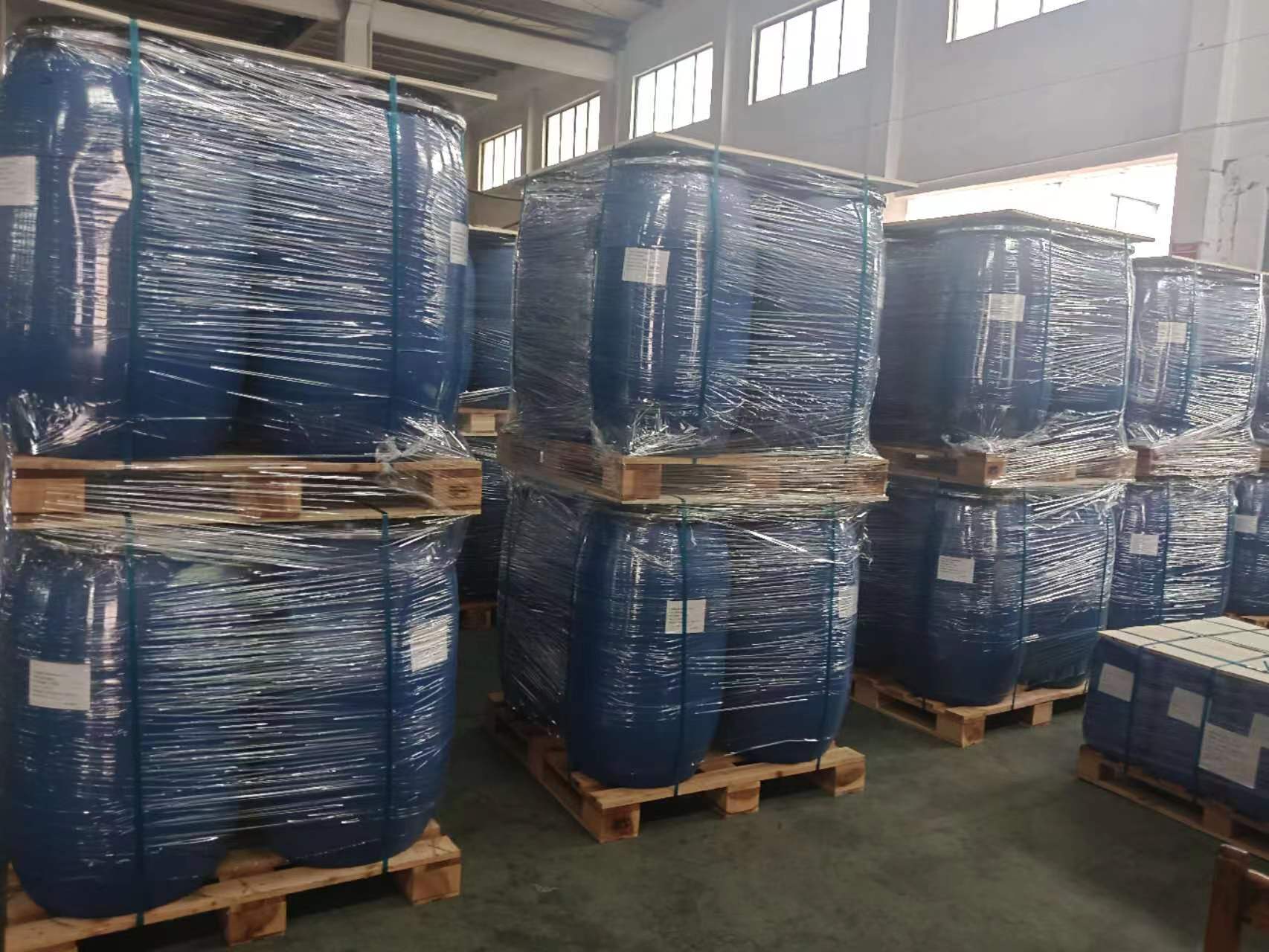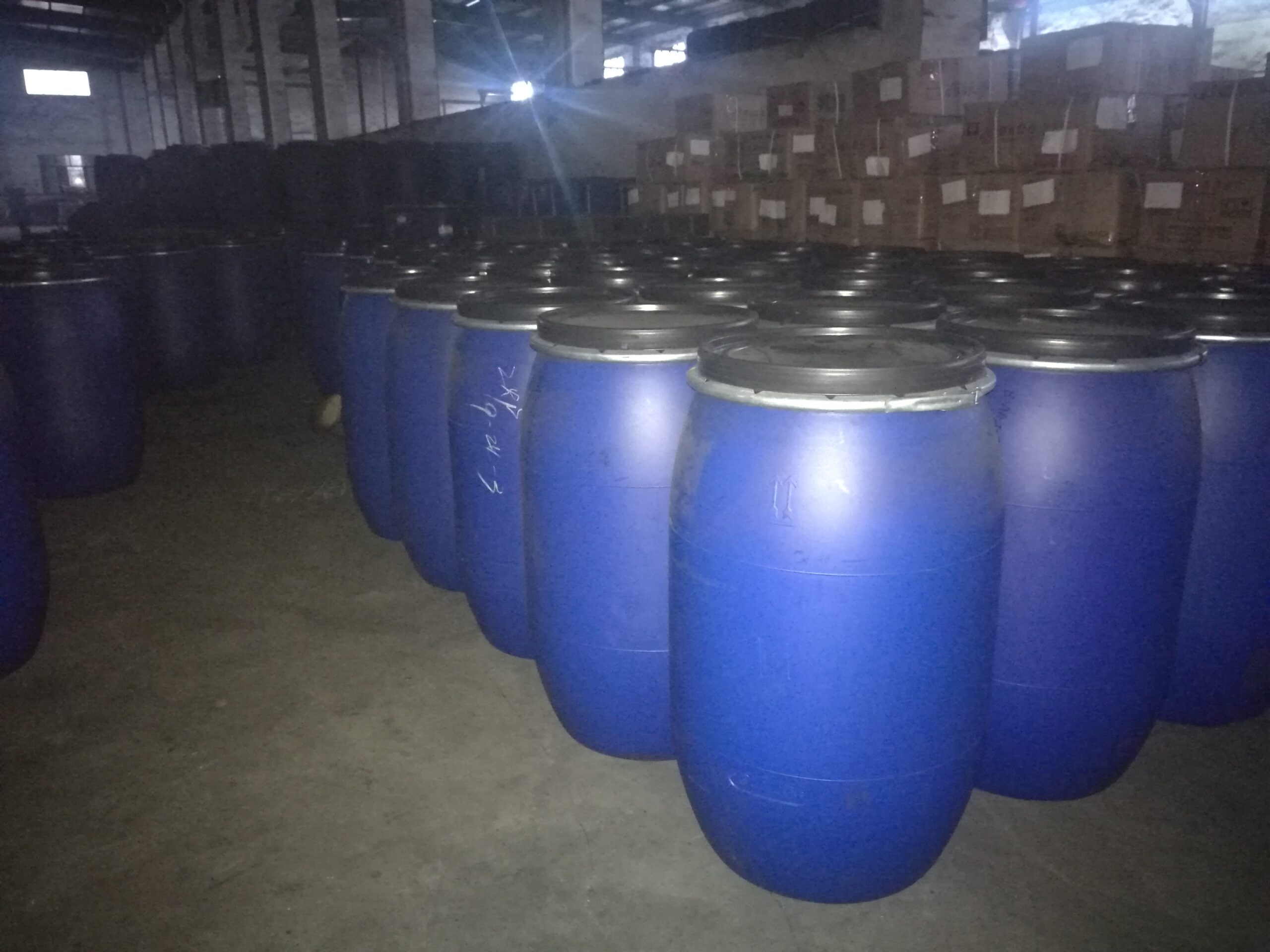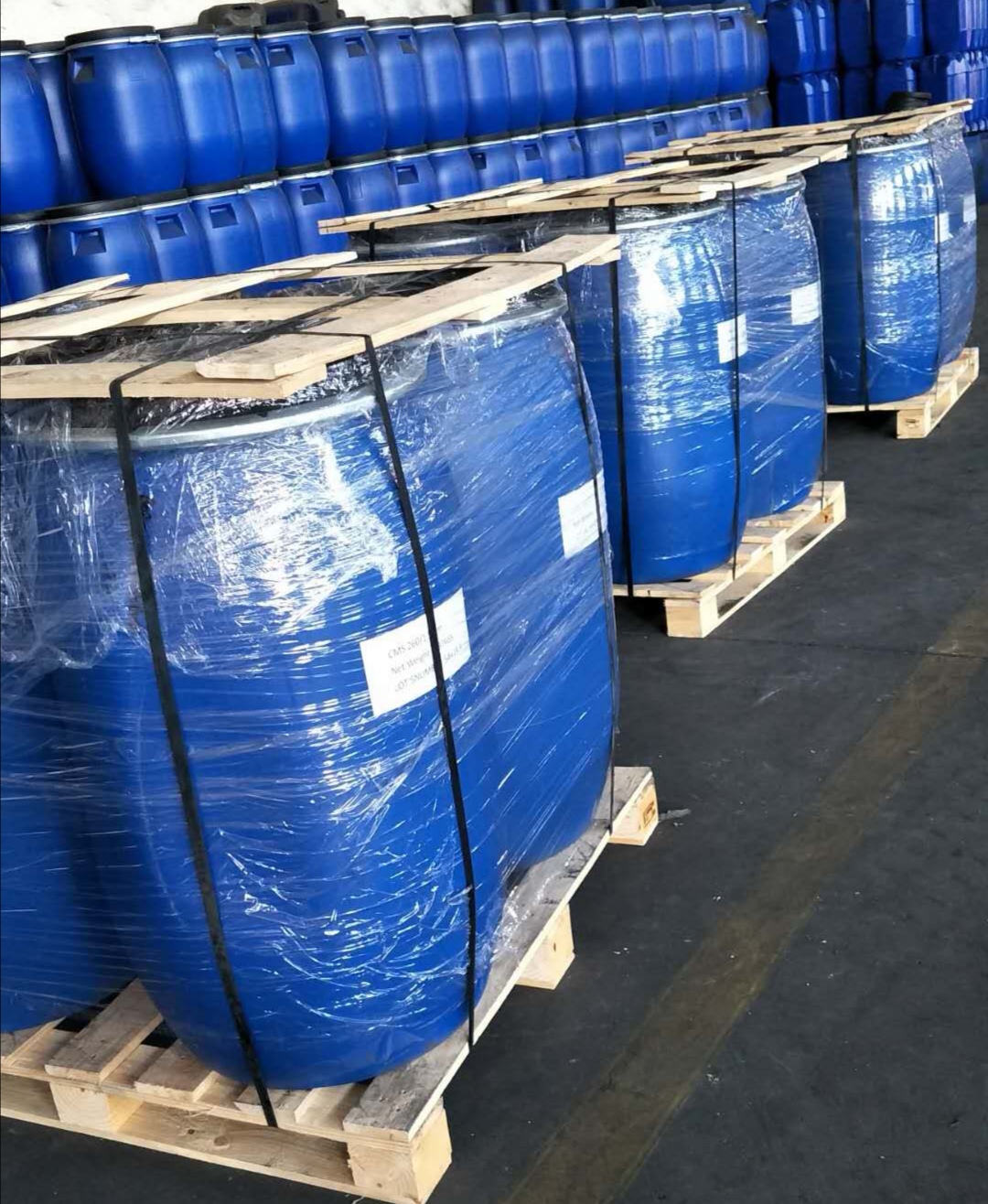The Core Role of Carbon Molecular Sieves in Nitrogen Production
In industrial production, the acquisition of high-purity nitrogen cannot do without a key material – carbon molecular sieves, which are hailed as the “heart” of nitrogen generators and are the core medium for nitrogen-oxygen separation in pressure swing adsorption (PSA) nitrogen generation technology. Understanding the working principle, characteristics, and application of carbon molecular sieves in nitrogen generators is crucial for ensuring the stability and purity of nitrogen supply.
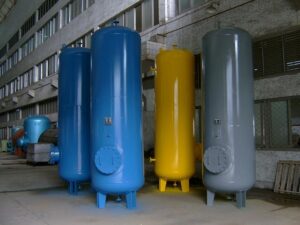
一. What are Carbon Molecular Sieves?
Carbon molecular sieves are micro-porous adsorbents composed of carbon elements, featuring a large number of uniformly distributed micro-pores. The size of these micro-pores is very precise, allowing for selective adsorption based on the diameter of different gas molecules.
During the nitrogen generation process, carbon molecular sieves mainly utilize the different adsorption rates and capacities of oxygen (O₂) and nitrogen (N₂) to separate air. Specifically, under the same pressure, oxygen molecules (with a diameter of approximately 0.346 nanometers) are more easily and quickly adsorbed into the micro-pores of the carbon molecular sieve than nitrogen molecules (with a diameter of approximately 0.364 nanometers). Nitrogen molecules, on the other hand, pass through the adsorption bed more slowly or have difficulty entering due to their slightly larger size, thus concentrating at the outlet end of the adsorption tower.
二 .The Working Principle of Carbon Molecular Sieves in PSA Nitrogen Generators
PSA nitrogen generators typically consist of two or more adsorption towers filled with carbon molecular sieves, achieving continuous nitrogen production through alternating pressurized adsorption and depressurized desorption (regeneration).
– Adsorption stage (pressurization): Clean compressed air, after pre-treatment (oil removal, water removal, dust removal), enters the adsorption tower. As the pressure inside the tower increases, oxygen molecules are rapidly adsorbed by the carbon molecular sieve, while nitrogen molecules pass through the adsorption bed and are collected as product nitrogen.
– Desorption stage (depressurization): When one adsorption tower completes the adsorption task, its internal pressure is rapidly reduced (usually to near atmospheric pressure or vacuum). At this point, the adsorbed oxygen molecules are released from the micro-pores of the carbon molecular sieve and discharged as waste gas, thus regenerating the carbon molecular sieve and restoring its adsorption capacity.
– Alternating cycle: The two adsorption towers alternately perform adsorption and desorption, ensuring continuous nitrogen production and stable gas supply.
三. Key Performance Indicators of Carbon Molecular Sieves
The performance of carbon molecular sieves directly determines the efficiency and purity of nitrogen generators. The main performance indicators include:
– Adsorption capacity: The amount of gas that a unit mass of carbon molecular sieve can adsorb. The higher the adsorption capacity, the higher the nitrogen generation efficiency.
– Selective adsorption ratio: The difference in adsorption rate or adsorption capacity of carbon molecular sieves for oxygen and nitrogen. The higher the selectivity, the better the separation effect, and the higher the purity of nitrogen that can be obtained.
– Regeneration performance: The ability of the adsorbent to release adsorbed gases under reduced pressure. Good regeneration performance means that the molecular sieve regains its activity quickly and has a longer lifespan.
– Mechanical strength: Determines the anti-powdering ability of carbon molecular sieves under long-term high pressure and high-speed gas flow impact. The higher the strength, the lower the powdering rate, and the longer the service life.
– Resistance to water and oil contamination: Although the pre-treatment system can remove most impurities, the inherent resistance to contamination of the molecular sieve is also important.
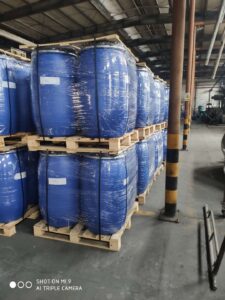
四. Maintenance and Lifespan of Carbon Molecular Sieves
Carbon molecular sieves are consumables in nitrogen generators, and their lifespan is affected by multiple factors:
– Compressed air quality: This is the most important factor affecting the lifespan of CMS. Oil, water, dust, and other impurities can permanently contaminate CMS and reduce its adsorption capacity. Therefore, a complete post-treatment system for air compressors (cold dryers, filters) is crucial.
– Operating conditions: Frequent start-ups and shutdowns, excessively high temperatures, and severe pressure fluctuations can accelerate the aging or powdering of CMS.
– Molecular sieve quality: The quality of CMS varies significantly among different brands and batches. High-quality CMS has higher stability and a longer lifespan. Generally speaking, under normal operation and good pretreatment conditions, the service life of carbon molecular sieves can reach 3 to 5 years or even longer. However, when the purity of nitrogen fails to meet the requirements and other fault factors have been ruled out, it is usually necessary to inspect or replace the carbon molecular sieves.
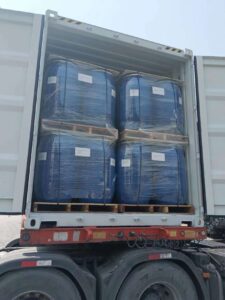
Conclusion: Carbon molecular sieves are the core of PSA nitrogen generation technology. Their performance and maintenance directly affect the gas production efficiency, nitrogen purity and operating costs of the nitrogen generator. Understanding and emphasizing the role of carbon molecular sieves, choosing high-quality molecular sieves, and ensuring the cleanliness of the compressed air at the front end are the keys to ensuring the long-term stable operation of the nitrogen generator and providing reliable nitrogen supply for industrial production.
